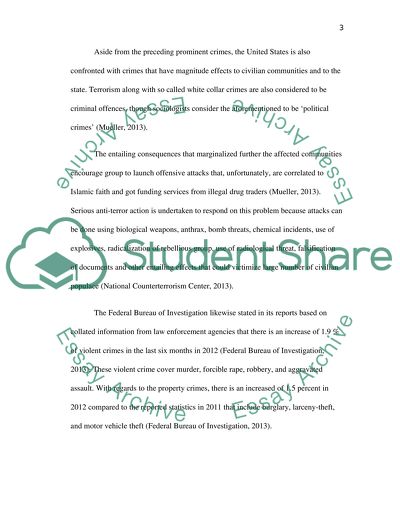Cite this document
(“Criminal Justice Trends Evaluation Research Paper”, n.d.)
Criminal Justice Trends Evaluation Research Paper. Retrieved from https://studentshare.org/law/1478586-criminal-justice-trends-evaluation
Criminal Justice Trends Evaluation Research Paper. Retrieved from https://studentshare.org/law/1478586-criminal-justice-trends-evaluation
(Criminal Justice Trends Evaluation Research Paper)
Criminal Justice Trends Evaluation Research Paper. https://studentshare.org/law/1478586-criminal-justice-trends-evaluation.
Criminal Justice Trends Evaluation Research Paper. https://studentshare.org/law/1478586-criminal-justice-trends-evaluation.
“Criminal Justice Trends Evaluation Research Paper”, n.d. https://studentshare.org/law/1478586-criminal-justice-trends-evaluation.


